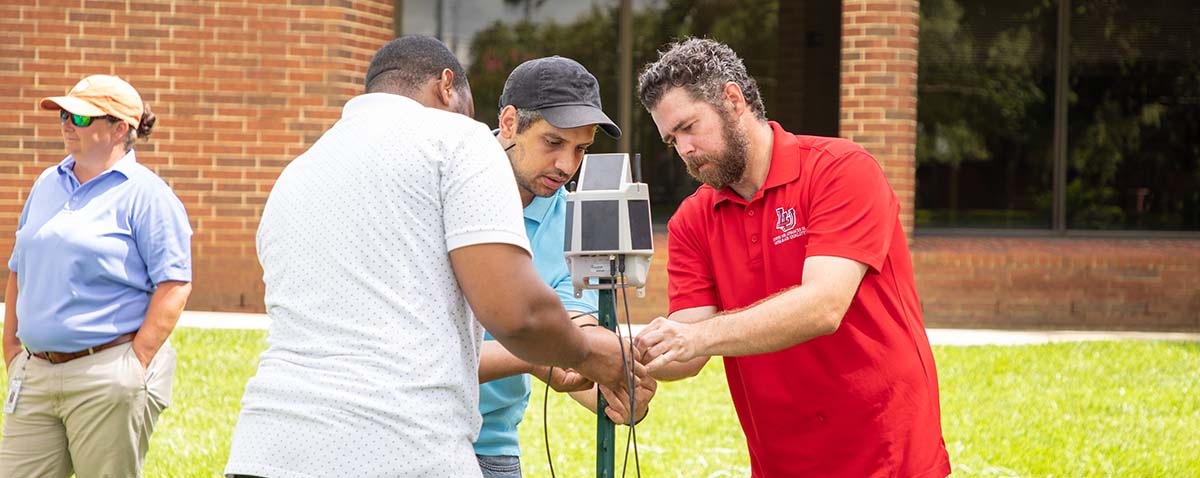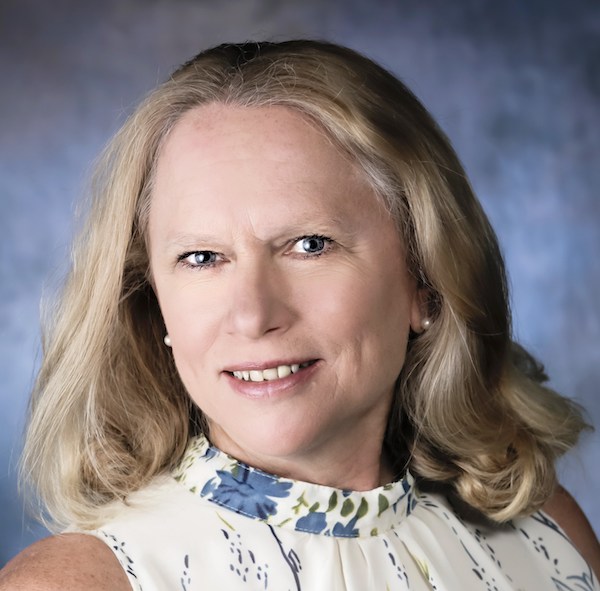Lamar University to receive $5M grant to bolster research on resiliency in Greater Beaumont area

A team of researchers at Lamar University will be awarded $5 million in grant funding to bolster the team’s research on resiliency in Southeast Texas and the Greater Beaumont area.
The U.S. Department of Energy recently announced $66 million in funding for three projects involving more than 20 institutions that will focus on climate change and weather events. According to the release, the projects were selected by competitive peer review under the Department of Energy Funding Opportunity announcement for urban integrated field laboratories.
While the Gulf Coast of Texas is subject to major flooding from rivers, storm surges and record-breaking rain in addition to other disasters, the region also is home to major petrochemical, petroleum, agricultural and other industries, along with cultural and educational resources.
Lamar University has partnered with researchers at the University of Texas at Austin, Texas A&M University, Prairie View A&M University and Oak Ridge National Lab on the development of an urban integrated field laboratory located in the Greater Beaumont area.

“We are so honored to be able to pair up with other Texas universities and Oak Ridge National Lab. We have proposed, and will have in this area for five years, the lab where sensors and other data will be collected to see how we might plan better for all these intersecting things,” said Liv Haselbach, director of the Center for Resiliency and professor of civil and environmental engineering.
Haselbach said the long-term project started with a flood coordination study facility in 2019 to address storm-related disaster concerns, which helped leverage the approval for the Center for Resiliency. The study aimed to be a permanent center serving as a communication conduit, geospatial and infrastructure data collaborative, economic and research resource, and educational outlet along the Gulf Coast.
Haselbach said from there, “The Center for Resiliency then embraced things beyond flooding like communities, people, industries and other items. We needed research and outreach to start an integrated field lab like this for the Department of Energy and other universities realized that we were well-positioned to do so.”
Haselbach said, including herself, the LU research team is made up of seven engineering faculty: Drs. Sidney Lin, Nicholas Brake, Qin Qian, Clayton Jeffryes, Tianxing Cai and Matthew Hoch.
Drs. Brake and Qian will work closely with the water research team for both flooding and water quality projects adding sensors within the community. Dr. Hoch, who has an expertise in blue carbon research in local marshes, will work with the marsh team to be led out of Oak Ridge National Lab. Dr. Lin is leading the air team and will partner with Drs. Cai and Jeffryes, focusing on pollution transfer soil and air to water aspects.
Haselbach serves as the project principal investigator, overseeing what she calls activity areas.
“My main role is bringing everyone in the laboratory together, doing the outreach to the community, bringing in the partners, working with the educational and other aspects of it and also accessibility and inclusion and equity,” she said.
The collaboration among the four universities, Haselbach said, has been in the works for more than a year and a half and, in early spring of 2022, the team brought in Oak Ridge National Lab and submitted their proposal to the Department of Energy.
Funding for the project will be dispersed on Oct. 1. Step one for the team of researchers at LU? Bringing all the investigators together across partnering institutions so that the work can begin.
Haselbach said, “Our goal is to come together to make it better for the people who live here, better for the industries that are here and better for the environment with new technologies and solutions for the future.”